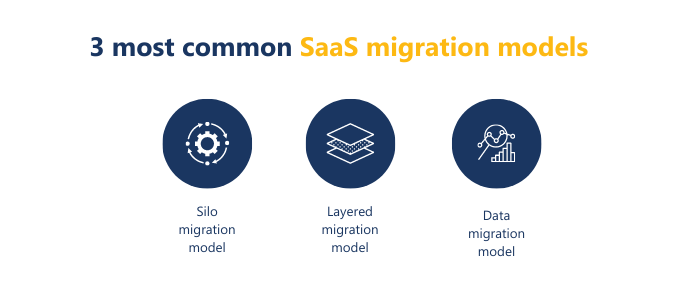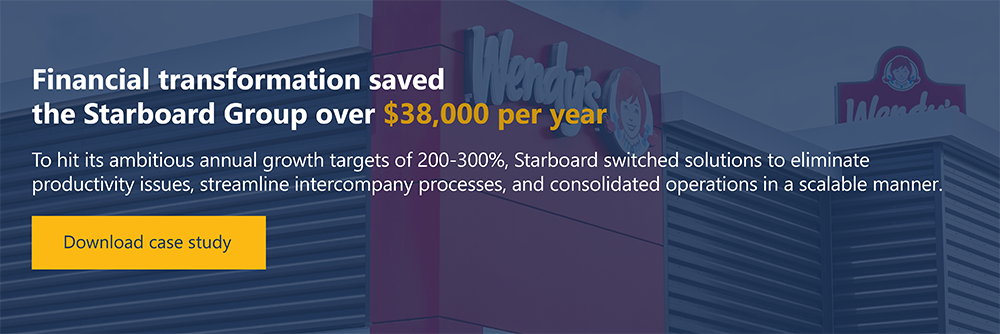SaaS migration roadmaps vary dramatically between various industries and even companies. Often, these types of financial transformations involve the transition to a recurring revenue business model using SaaS pricing strategies. However, this is not necessarily always the case, and it’s essential to remain flexible when deciding what tactics best suit your organization. Many factors are driving what’s now become an almost universal shift, namely:
- The uncertainty of a fluctuating global economy
- Constant market disruption by innovative competitors
- Changing requirements of the modern workforce
- The escalating pace of technological advancement
Reports state that 65% of companies transitioning to a recurring revenue model face operational challenges. A problem that should not discourage those contemplating the change but instead introduce a degree of caution and encourage an emphasis on strategic planning. The fact remains that those who cannot keep pace with the shift to a more agile mindset will inevitably become obsolete.
This blog steers clear of a one-size-fits-all template and sets out a list of best practices to help you build a custom roadmap that covers the nuances of your solutions and best fits your industry. Whether you’re a software company looking to break down legacy software into tiered microservices or a retailer experimenting with moving towards the subscription economy, these considerations will help you navigate the common challenges that impact the success of such transitions.
1. Assess the pros and cons of SaaS migration before you get started
When it comes to any significant shift, you need to be fully aware of all the advantages and disadvantages. It’s easy to focus on the pros, but such two-dimensional thinking fails to prepare your team for the likely challenges ahead. In fully understanding what might occur, you can better align your teams to handle the transition without having them lose confidence at the first hurdle. Internal advocacy is a powerful component of successful SaaS migrations and can be hard to achieve if you do not take the time to prepare teams adequately. Get started with this blog on the pros and cons of SaaS migration.
2. Consider the SaaS migration model that works best for your customers
Not all migrations will be the same, so it’s no surprise that there are several different approaches to shifting your products and services over to SaaS. The model that fits best will depend on your solutions and your customers. One of the central challenges of any transition is retaining customers as you change, which means considering their experience at every stage of the journey. None of the following migration models are mutually exclusive, and companies often choose to adopt a hybrid version, particularly in the early stages of migration.
Common SaaS migration models

1. Silo migration model or single-tenant model
One of the most common SaaS migration models allows users (tenants) a dedicated server or infrastructure for your product or service. At its most fundamental level, this model means there’s no requirement for refactoring your product, and it essentially remains the same. From the end-user perspective, this may be the least disruptive, allowing the continuation of customized versions of your product. However, this may not be the best long-term solution when it comes to economies of scale.
2. Layered migration model
A layered migration model involves moving your solution to the cloud in layers. With this approach, companies can start small and slowly move to a multi-tenant model, one service or component at a time. Similarly, they can remain in a single-tenant model, slowly moving customers to the cloud.
3. Data migration model
Often this is a hybrid model for SaaS migration that combines both single-tenant and multi-tenant migration strategies. For instance, data management might move to a multi-tenant cloud-based architecture for security reasons, but the rest of your solution might remain single-tenant.
3. Conduct customer surveys and market research before deciding on pricing models
One of the most significant shifts for any organization will be managing customer expectations and conducting thorough market research to back up any changes you feel you need to make to products or services. Without customer buy-in, it will be challenging to build on your current reputation, so it’s essential to keep existing users informed and make them part of the process. Some of the areas where customers can be most insightful are market-facing elements—for instance, worried about choosing the right subscription strategy? Not sure which pricing model best suits your market? Want to test run some pricing psychology tactics? Don’t just depend on competitor insights. Your customers will be able to offer just as much guidance in areas that impact them directly.
4. Establish new KPIs to measure success and forecast profitability better
If you’re moving away from the traditional license and maintenance model, it stands that how you measure success will also have to shift. For one, most companies that undergo SaaS migration no longer receive upfront payments and rather receive and recognize revenue as it’s earned. This means that it will be harder to calculate profitability as initial sales will not earn as much as the Lifetime Value (LTV) of the customer.
Adjusting KPIs won’t just be restricted to sales and marketing, they will need to be changed to reflect the changes in every department. You will need to work with each department to figure out what success will look like based on new performance metrics. One place to start will be to closely monitor subscriber churn metrics and your customer acquisition and retention metrics.
5. Prioritize change management to enable the internal shift
Thinking of your SaaS migration as more than just a technological shift will be essential. This change impacts every aspect of your business and is much a cultural and financial transformation as anything else. Transitions like this start with leadership and require you to fully understand the digital maturity of your company before you can move forward.

Investing in communications at every level will make it possible to tackle challenges as they arise and ensure that the transition doesn’t adversely impact employee retention. You will need your best people on board to manage this change and sizable investments in your customer success support staff. Get started by reading this blog on the core challenges companies face during financial transformations.
6. Invest in SaaS tools and automation to help you scale
When it comes to SaaSifying products and services, companies need to invest in tools that will help them automate manual processes at every level of the organization. Implementing a cloud-based CRM and subscription billing software will help you manage the complexity of high growth cycles.
Your team will be able to handle a more significant workload effortlessly. You will also understand some of the nuances your customers will face when migrating to your SaaS solution. For instance, what level of customer care seems appropriate? What parts of the process require the most communication? You can use your own experiences to help build these benchmarks.
Plan for automation wherever possible. Even if you need to wait to implement some of the tactics later in the process, that doesn’t mean you should sideline planning each strategic step. It’s possible to introduce phases that will help you systematically move to the cloud. It is wise to consult each department to find out where bottlenecks exist and alleviate the pressure in these areas. Get started with our guide to financial transformation resources for SaaS leaders.
7. Prioritize integration when developing SaaS solutions
Despite the recent growth of SaaS apps, not all of them integrate easily with other solutions. This lack of integrated options is an inconvenience and a deterrent as markets become more saturated. Suppose the difference between you and a competitor is that one of you integrates easily with current workflows and software. The solution that fails to integrate is likely to miss out on potential customers.
Being mindful of the demand for specialized apps that fully integrate with speed and ease will set you apart from many of your competitors. For instance, you may want to consider the compatibility of your tools with major CRMs or ERPs before you make the move. Even if you cannot promise integration right off the bat, it’s something to build towards for your development team.

